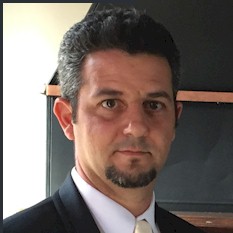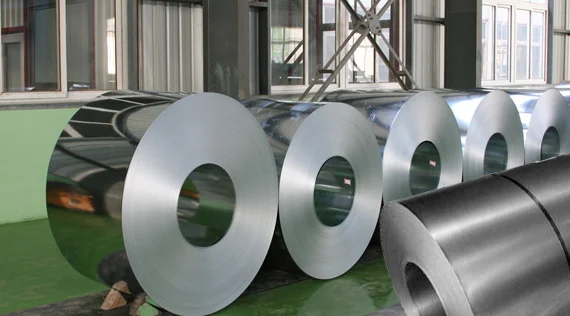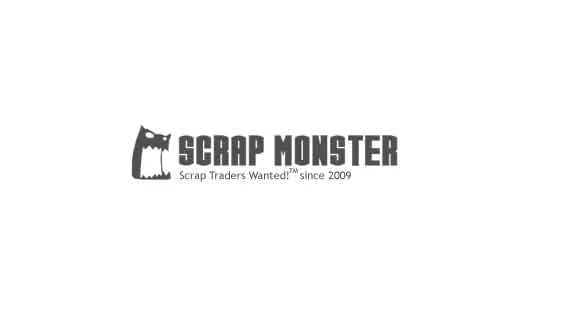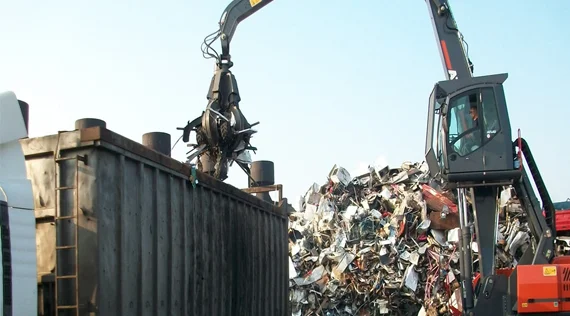After all, a battle tank made from zero-emissions steel whose mission is to destroy an armed enemy can only be so green.
SEATTLE (Scrap Monster): Europe’s largest steelworks isn’t really a factory; it’s more of an industrial landscape. Stretching 3 kilometers around a bend in the Rhine River, ThyssenKrupp’s complex dominates the Bruckhausen neighborhood of Duisburg. And it's not even the only steel plant in town.
Synonymous with steel, places like Duisburg need to become competitive again for Europe to make its own electric cars, wind turbines and tanks. And that’s why a European commissioner visited last week, flanked by the chair of the works council, the CEO and the regional economy minister.
Newer installations gleam in lime green or Martian red, but the dominant color scheme combines endless shades of rusty brown. One of the main rolling lines dates back to the late 1960s — less than two decades after the leaders of postwar Europe set out on a path of economic integration that began with coal and steel.
“If you have a car from a European manufacturer,” a ThyssenKrupp guide explains in German, “parts will certainly have passed through here at some stage.”
The companies that now form ThyssenKrupp were central in arming Germany in both World Wars. Duisburg — once a medieval trading post on the Rhine and Ruhr confluence — was bombed heavily by the Allies. Today the region is Germany’s rustbelt — ground zero for the creeping deindustrialization of Europe’s largest economy.
The idea of Europe rearming itself underpinned by (mostly German) industry will first need to see an easing of Germany’s lingering historical war guilt. After all, a battle tank made from zero-emissions steel whose mission is to destroy an armed enemy can only be so green.
“First of all, we need green steel, with which you can already build up a lot — and then, among other things, also strengthening the defendability of the EU,” German Green MEP Terry Reintke told POLITICO, standing in a hall full of rolled up bands of flat steel destined for car plants.
Thirteen thousand people work here, making nearly a third of Europe’s steel. Vans with number plates from nearby German towns as well as from Croatia, Poland and Italy populate the landscape, in various states of dustiness.
Courtesy: www.politico.eu





 Member
Member